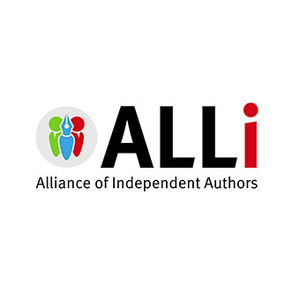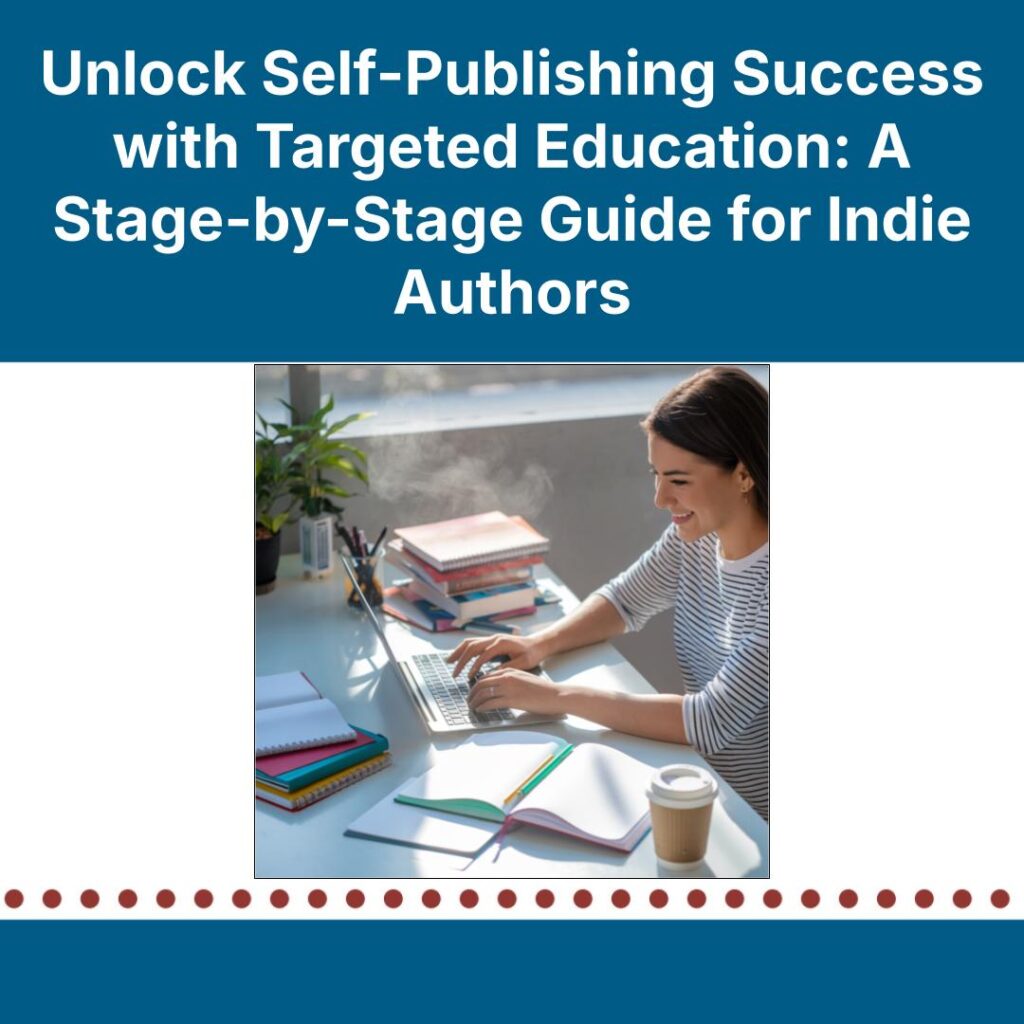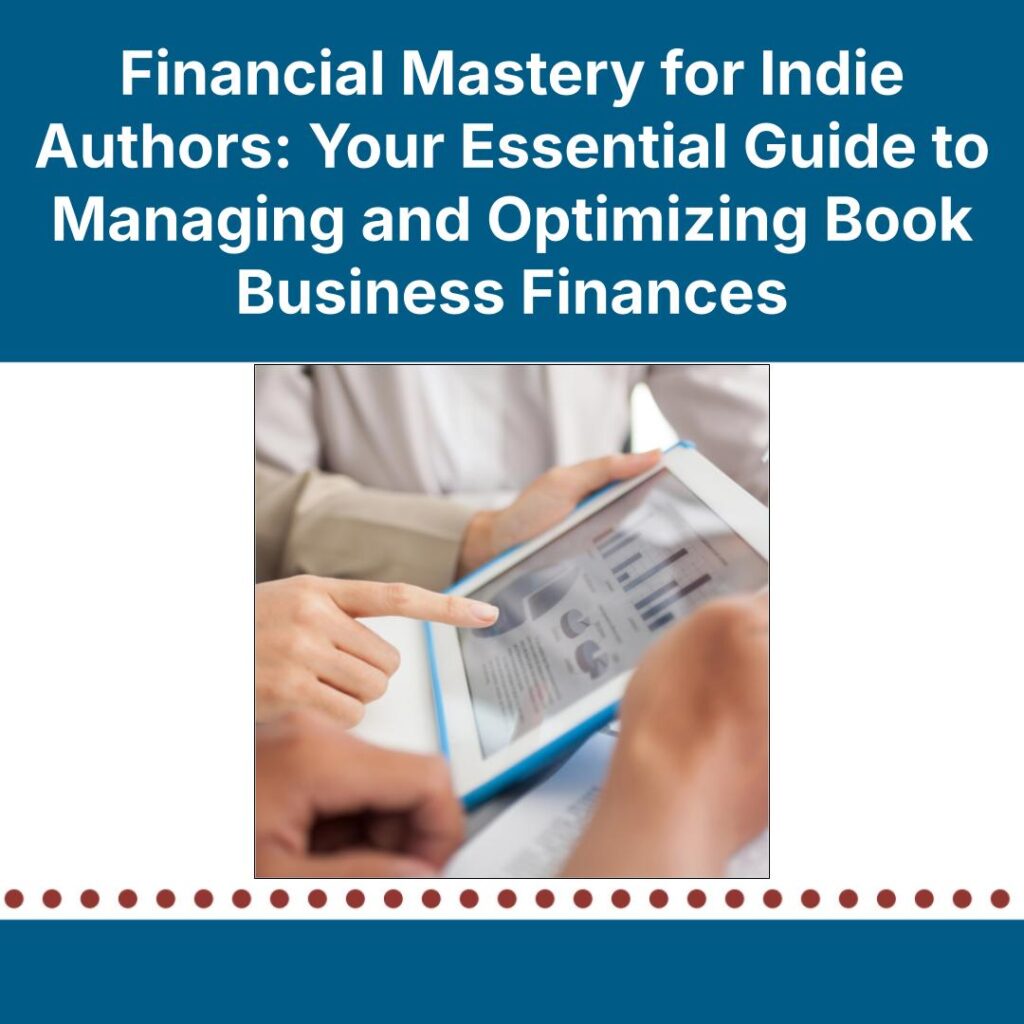Melissa Addey, ALLi Campaigns Manager
The term “backlist” is one self-publishing authors adopted from traditional publishers, though it's less relevant in the days of digital publishing than it was when only the frontlist—the newest books—got the most attention from readers. Today, we can promote any book, any time, and though your latest book is often your highest-earning book for a period, most authors find it's their backlist that brings in the cash consistently. So what should you be doing to capitalize on your backlist? How do you maximize the benefits of every title you publish? What tactics work best?
The Alliance of Independent Authors’s (ALLi’s) detailed blog post on this topic, “Boost Your Backlist: How to Make the Most of Every Title,” includes practical tips from successful indie authors on how they keep their own backlists up to date. Meanwhile, for whatever stage you’re at, here are some extra suggestions.
Beginner Authors: Think Long-Term
From your earliest days as an author, think ahead for the long run and not just about your first book—even though, of course, it will always be special to you. When choosing an imprint or publishing name, pick something generic that will suit all your future books, not something near-identical to your first title. When choosing a URL for your website, choose your own author name and not the book title. If you have a series planned, put the second book title on preorder as quickly as you can so that you get a series page on most big retail platforms. Make sure you have a list of current and forthcoming books in the back matter so you can already list the next book you’ll be publishing.
Some new authors focus just on a paperback, when an e-book is not just an important extra format but, especially for fiction, likely to outsell the paperback. For a successful long-term business, ALLi recommends going as wide as possible, both in terms of platforms and formats. It can also be useful to create the time and connections needed to keep an eye on the publishing industry and your section of it so you can monitor how it changes over time. Even a twice-yearly investigation of the industry and your genre for half an hour on a big platform like Amazon will quickly show you if there are new cover trends developing or a new style of blurb being written. This will enable you to better manage your own backlist as it develops.
Emerging Authors: Go Back to Basics
It is tempting to feel you’ve done all the basics for your back catalog: the covers, blurbs, keywords, and categories. But trends come and go, and it’s important to keep an eye on your existing titles and the market. If a new keyword arises, are you making the most of it? If a category is dropped or created, have you updated your preferences? Your cover may start to look tired, or blurbs may change in style. Over a longer period, even interior layout styles change. It’s worth setting aside time every year to review these elements and consider whether any of them need refreshing. At the very least, your front and back matter may well need a refresh as your bio changes, as you publish new books, or as you add a reader magnet and a mailing list to your marketing toolkit. You may wish to change up your calls-to-action as your marketing needs change. Every book is new to a new reader … unless it’s looking tired and unloved.
While reviewing these elements, you can also consider whether you now have the funds or time to add new formats, such as translations or audiobooks, that perhaps were outside of your budget until now. ALLi’s blog has posts on both.
For audiobooks, visit: https://selfpublishingadvice.org/the-ultimate-guide-to-audiobooks-for-authors
For translations, visit: https://selfpublishingadvice.org/the-ultimate-guide-to-book-translations-for-indie-authors
Experienced Authors: Explore Further
All experienced authors can benefit from exploring licensing rights. Your books are not just books; they are creative intellectual property (IP), and as such, they have the potential to be used in myriad ways, from films and TV to games and apps. Explore ALLi’s book How Authors Sell Publishing Rights to look into the opportunities available to you, available at https://selfpublishingadvice.org/bookshop.
Once an author dies, their works are still in copyright for seventy years, yet according to ALLi’s 2023 Independent Author Income Survey, only 25 percent of full-time authors had made a will covering their literary estate and how to manage it. ALLi recommends authors prioritize writing such a will or adding to one they already have. ALLi members have access to two free books: one on how to set up your literary estate and the other a handbook for an author’s heirs to guide them through how to best manage a literary estate. After all, seventy years of sales for your complete creative catalog are not to be sniffed at.
Finally, what is the most likely marketing tool you will use to showcase our backlist? Your mailing list, of course—and that also needs looking after and updating, just like your backlist. Is your autoresponder sequence up to date? Does your newsletter signature include all your book covers? Are you regularly cleaning your subscriber list? Because your mailing list is so important for all aspects of your business, including your backlist, ALLi has a three-part mailing list series, titled “The Ultimate Guide to Email Marketing for Authors,” available on its blog at https://selfpublishingadvice.org:
- Part 1: Mailing List Strategy
- Part 2: Growing Your Reader Email List(s)
- Part 3: Maintaining your Reader Email List
Additionally, in its Self-Publishing Advice & Inspirations podcast, ALLi presented an episode on the topic for beginners. Find the podcast episode at: https://selfpublishingadvice.org/building-a-mailing-list.
Rather than a tedious administrative task, see the curation and care of your backlist as a golden opportunity to make its contents shine anew in the eyes of your readers.
Melissa Addey, ALLi Campaigns Manager







